British Monarchy Facts: How Accurate is Netflix The Crown?
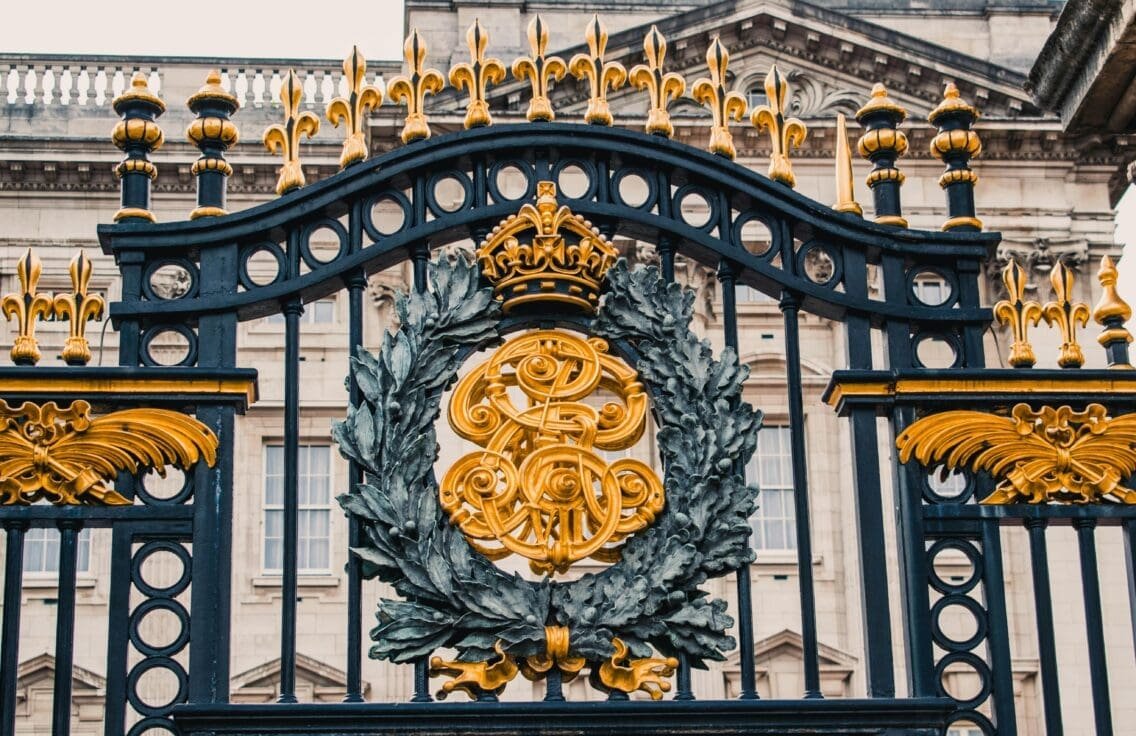
The Crown has become a global obsession, especially after the passing of the British monarchy’s longest-serving sovereign in 2022. With six seasons depicting the life of the royals from 1997 to 2005, it’s inevitable to ask – how much of that is true? And just how much is added by Netflix for the sake of drama?
Unofficial royal biographers like Sally Bedell Smith and Hugo Vickers expressed some concerns about the inaccurate portrayal of some key events during the series’ earlier seasons.
In this article, we break down what actually happened and what was added for dramatic effect, helping you separate fact from fiction in one of Netflix’s most talked-about royal dramas.
Netflix Got Queen Elizabeth II’s Early Reign Mostly Right
The series starts with a young Elizabeth unexpectedly ascending the throne after the sudden death of her father, King George VI, in 1952. That part is historically accurate. She was just 25 when she became queen, and like the show suggests, she stepped into the role with reluctance but grace.
Over 20 million people tuned in to watch history unfold when broadcasters televised her coronation on June 2 the following year—the first royal coronation ever aired on TV.
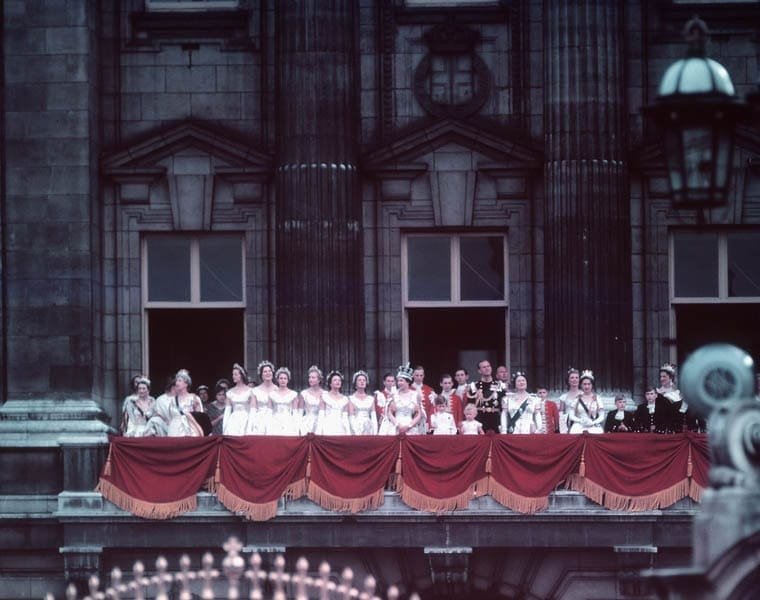
Writers portray her relationship with former British Prime Minister Winston Churchill as complex and respectful, and that reflects the reality of their bond. Churchill reportedly admired her composure, while Elizabeth learned much about leadership from him during her early years on the throne.

However, The Crown adds a layer of emotional vulnerability and dramatizes private conversations that no one can confirm. For instance, the queen and the prime minister hold weekly meetings that typically remain private and go unrecorded and untranscribed.
Netflix added dramatic elements to these moments to show the queen’s emotions, but no one recorded what she actually said behind palace doors.
Prince Philip’s Portrayal was Partly Fictionalized
Prince Philip’s role in The Crown is one of the most debated.
The show explores his discomfort with royal formality, his struggle to find his place beside a reigning queen, and his often tense demeanor. These themes are largely based on real-life accounts from royal insiders and biographers.
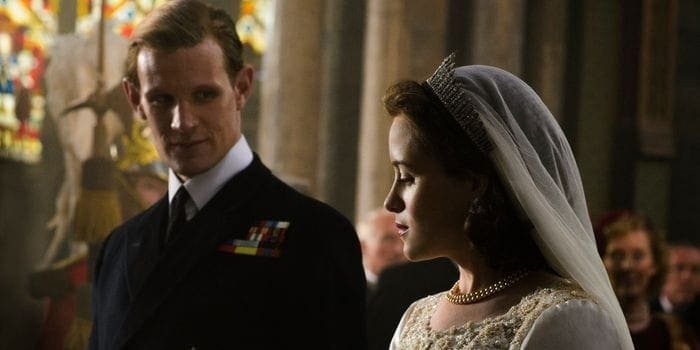
To be honest, you can’t really blame the guy. It was hard enough that he had to give up his naval career at the age of 31 to support his wife, but to completely submit to her as her subject? That’s an entirely different hard pill to swallow.
To top it all off, he wasn’t even allowed to give his surname to his children. Originally (and historically), the royal children were to take the house name of the sovereign. In this case, Queen Elizabeth’s royal family name is Windsor.
People speculated that Prince Philip felt annoyed because his children couldn’t use his surname. So, Queen Elizabeth reportedly ‘gave in’ to her husband’s qualms and changed the house’s name to Mountbatten-Windsor.
Where the story begins to blur fact and fiction is in the depiction of his alleged affairs. Several episodes hint at infidelity during his overseas tours, but there’s no hard evidence to support these claims. The show leans into rumor and public speculation without clear confirmation.
A good example is Season 2’s episode on his tour of Australia and New Guinea. While it hints heavily at a royal scandal, historical records don’t back it up.
In reality, Philip showed bluntness and sometimes abrasiveness, but he also remained deeply loyal to Elizabeth. One could argue that the show focused too much on the Duke’s rough edges, while glossing over the decades of support and stability he brought to the monarchy.
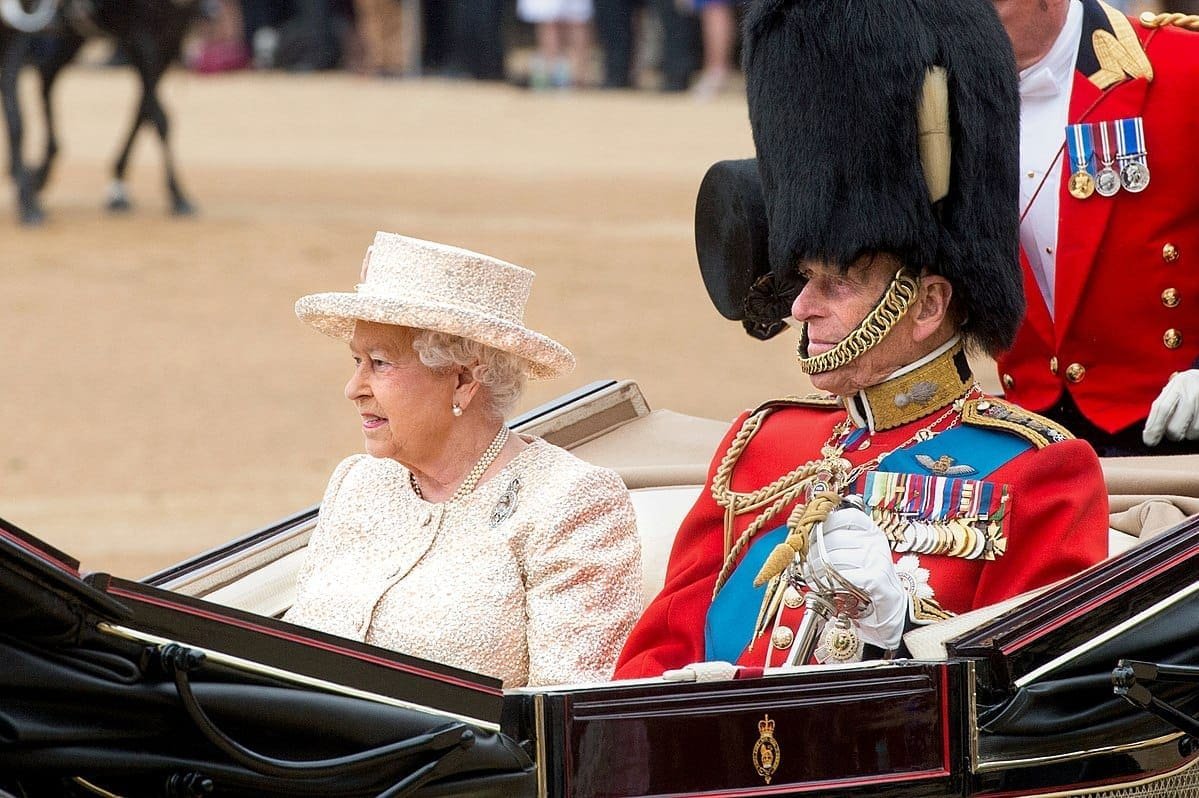
Netflix Exaggerated Princess Margaret’s Portrayal
The Crown portrays Princess Margaret with flair and fire, often showing her as impulsive, bitter, and jealous of her sister’s role. This rebellious image holds truth—Margaret challenged royal expectations, chain-smoked, and partied with celebrities.
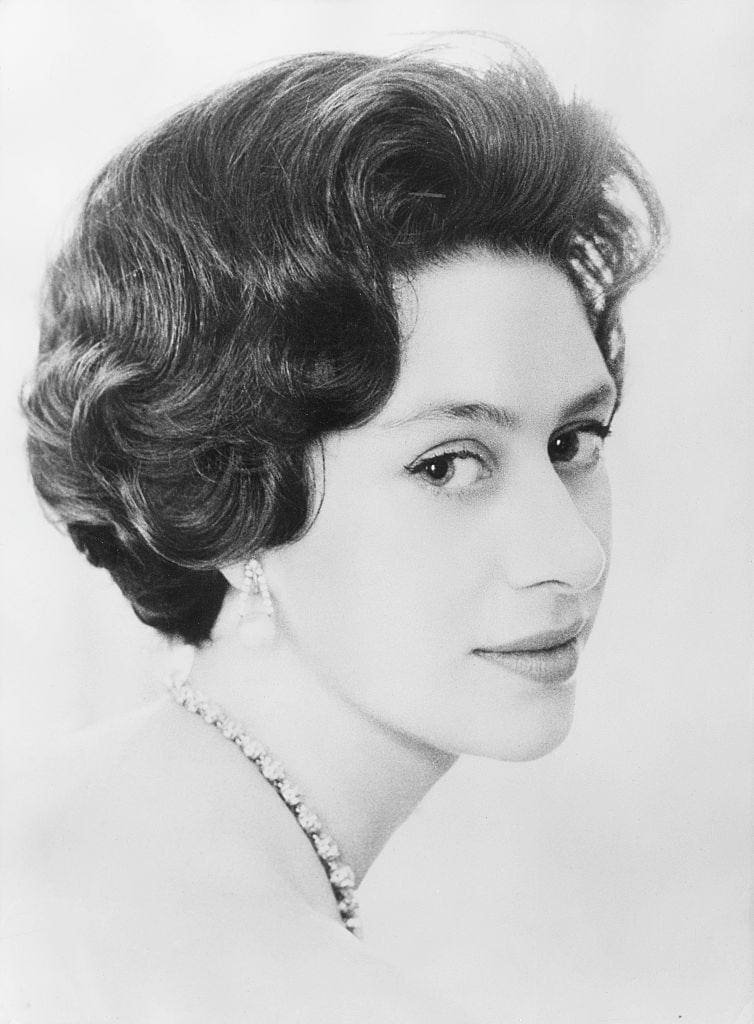
But the emotional drama is often amplified.
Her romance with Peter Townsend, a divorced royal equerry, was a very real crisis. The monarchy’s refusal to allow their marriage was a huge emotional blow, and Margaret carried that pain. The show captures this tension well, but adds extra angst and melodrama for effect.
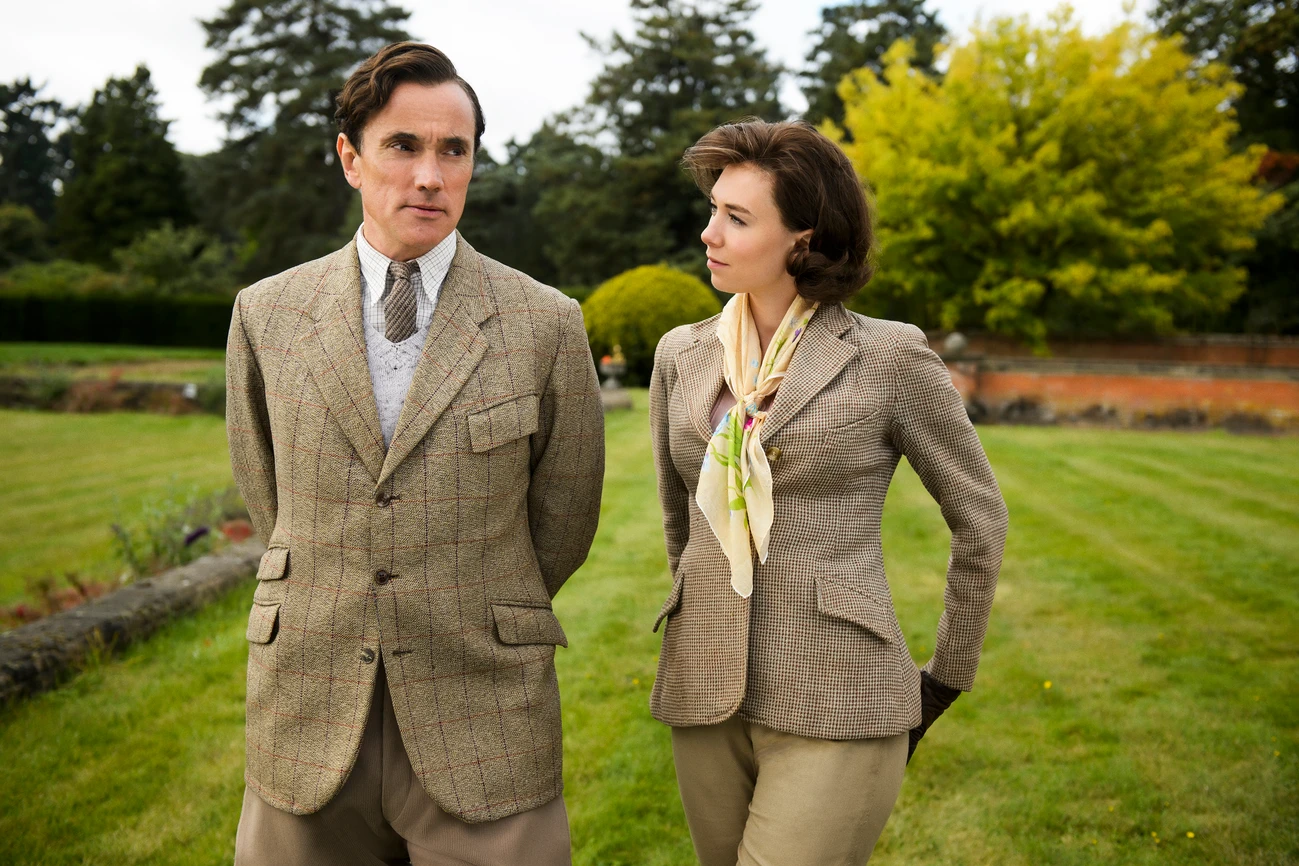
The sibling rivalry between her and Elizabeth, while plausible, is often overstated. Historians argue that while they were very different, their relationship was grounded in love and loyalty, not the bitterness seen in certain episodes.
Margaret’s portrayal in The Crown leans toward soap opera at times. But at its core, it captures the deep frustration of a woman born to a royal life but denied true personal freedom.
Princess Diana’s Arc on Netflix was Highly Emotionalized
Diana’s arrival in The Crown in season 4 brings a new layer of tension and tragedy.
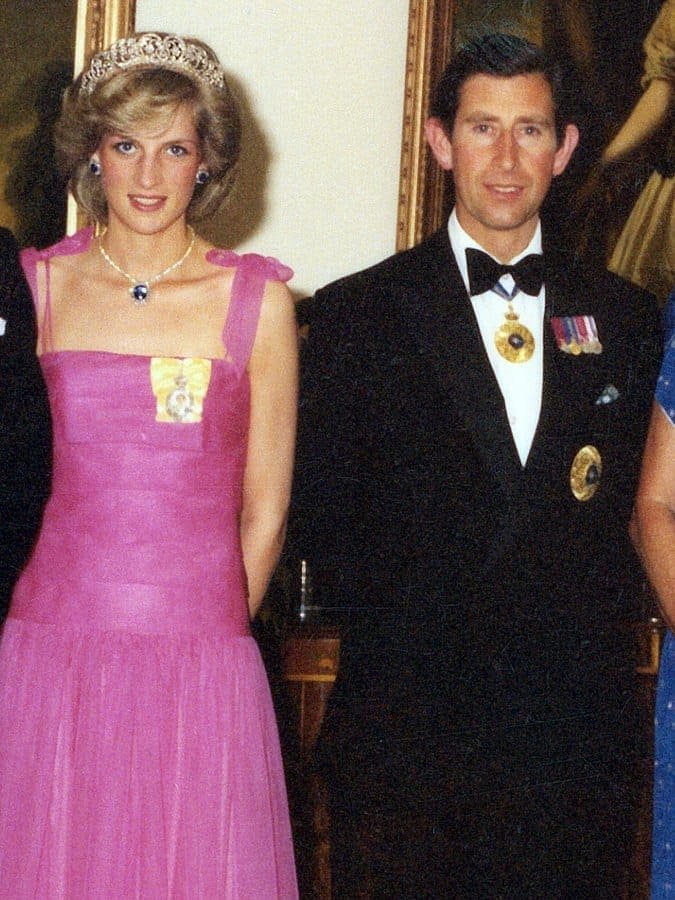
The show depicts her isolation, eating disorder, and strained relationship with Charles—all aspects that historians and biographers have well documented. Diana herself confirmed many of these struggles in her interviews and writings.
The show captures key events: the fairytale wedding, the media frenzy, and the emotional fallout. It doesn’t shy away from the darker sides as well—her bulimia, her loneliness, and the lack of support from within the royal circle.
That said, not every conversation is factual.
Take this clip from Season 4, Episode 10, for instance. Here, Prince Charles (Josh O’Connor) told Princess Diana (Emma Corrin) that he “refuses to be blamed any longer for this grotesque misalliance”, referring to their marriage.”
It’s safe to assume that this scene is purely TV drama.
Still, Diana’s portrayal is arguably the most grounded in fact. The public obsession with her life and death reflects a pattern we’ve seen throughout royal history, where women often bear the emotional weight of the crown.
Watch for the Drama, Stay for the Juicy History
Netflix’s The Crown is a rich, layered series that takes real events and shapes them into a compelling narrative. The show bases most of its plotlines on real events, but it adds emotional depth and creative touches to suit the screen.
It offers characters we can connect with and empathize with, even when those moments are fictionalized. But if you want a history lesson, keep the fact-checking tabs open while you watch. (Or watch out for other fact-checking articles I’ll publish in the future.)
The British monarchy is complex, and The Crown makes it beautifully watchable. Just remember: not everything royal is real.
SOURCES:
https://www.rd.com/list/what-the-crown-gets-wrong-british-royal-family/
https://royal-insider.com/2025/03/20/royal-family-name-queen-elizabeth-ii-prince-philip-complaints/


